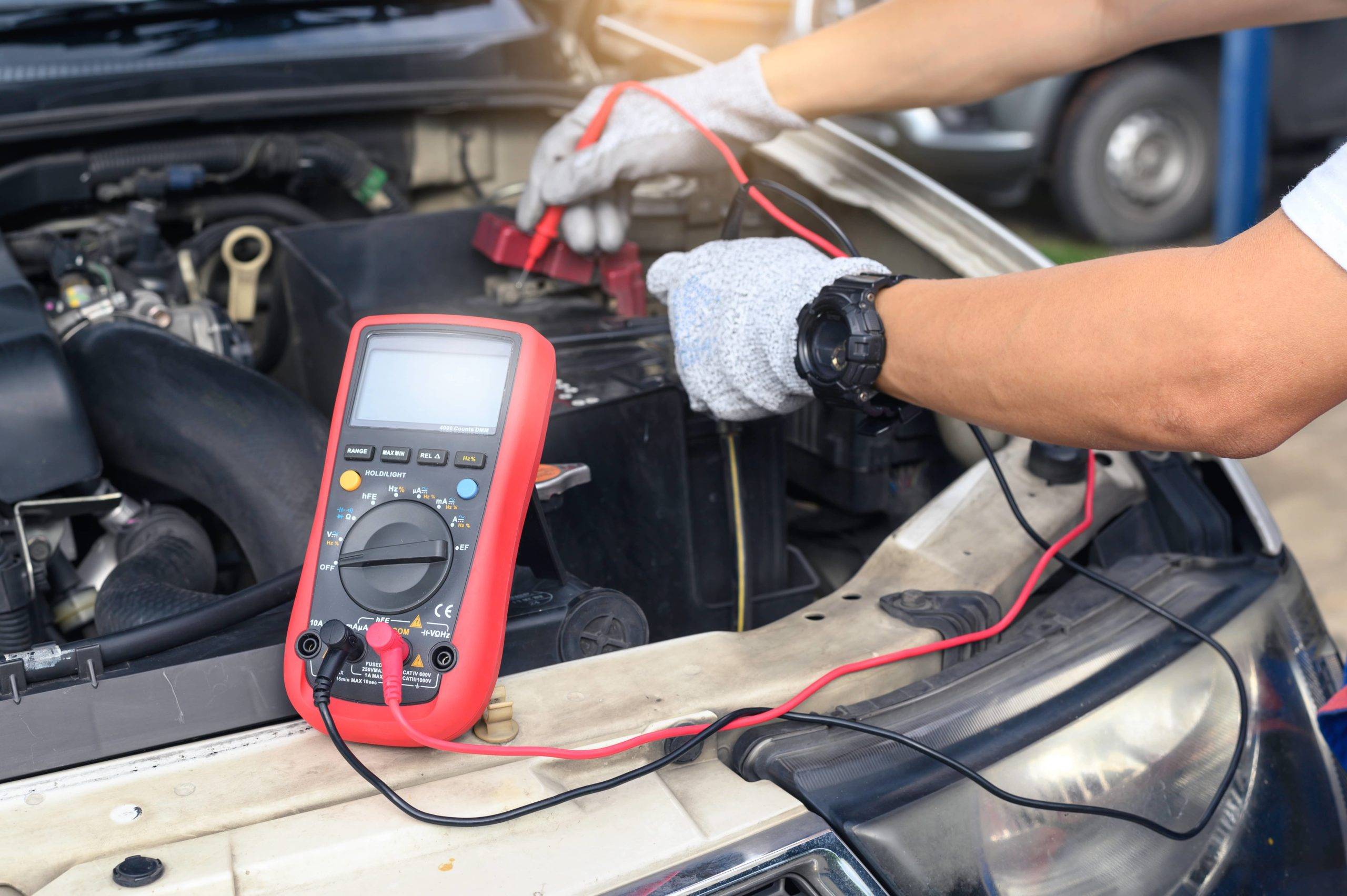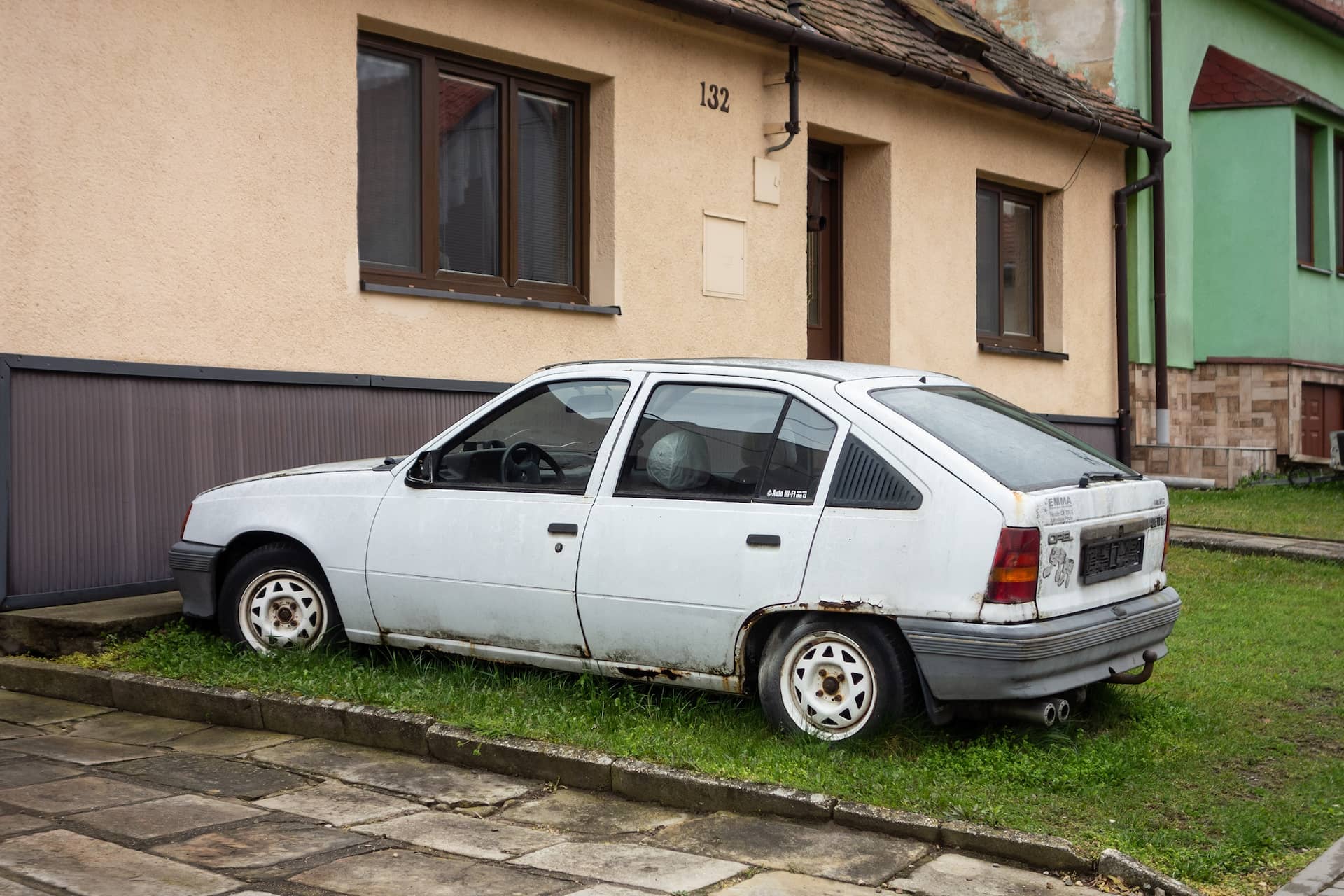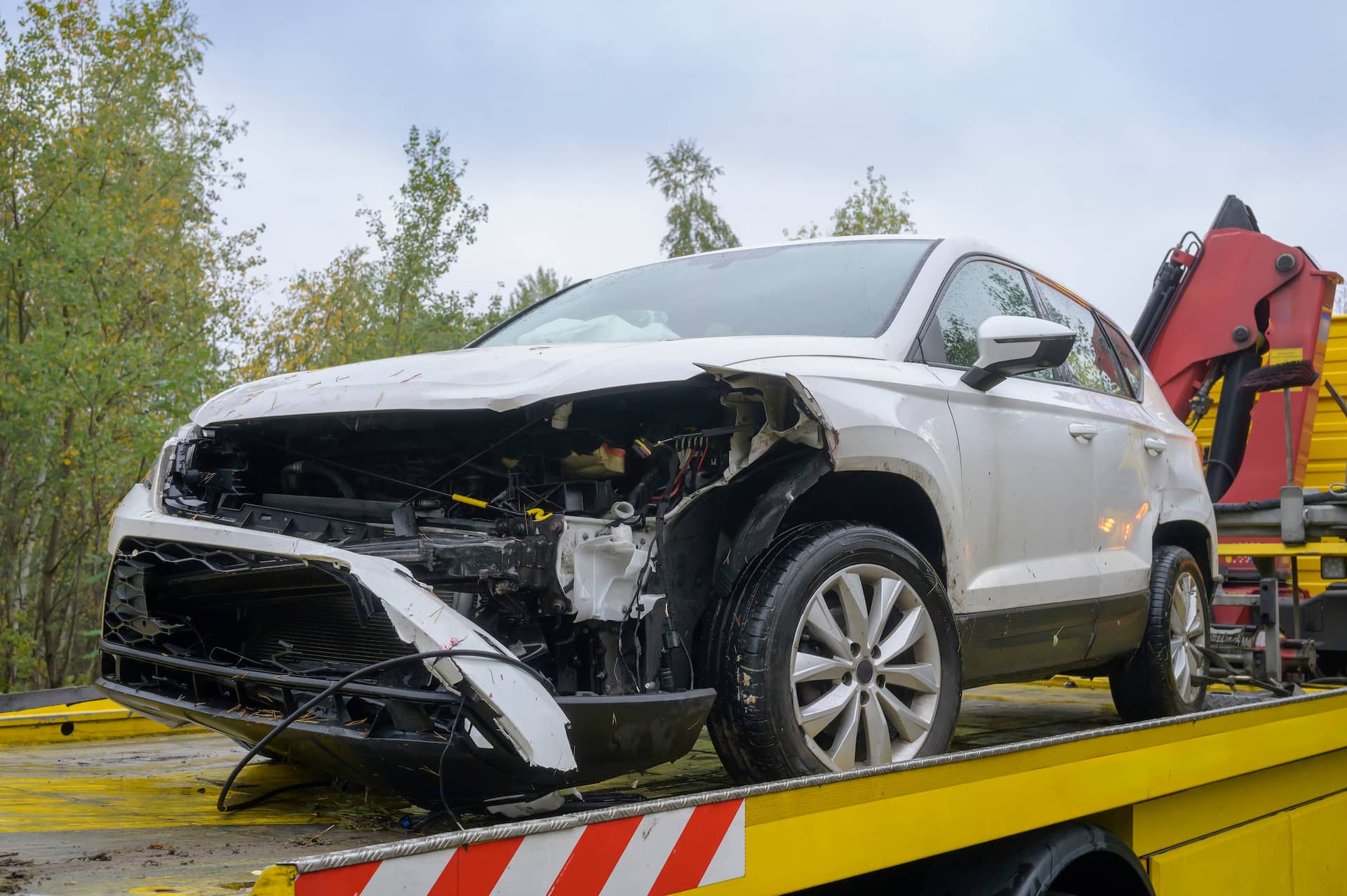As we navigate an era of environmental awareness, the significance of responsible car recycling cannot be overstated.
In this article, we dive into the world of car recycling, exploring what you need to know about the process, its environmental impact, and how it contributes to sustainable practices in the automotive industry.
The Basics Of Car Recycling
Car recycling is a comprehensive process that involves systematically dismantling end-of-life vehicles and reusing or recycling their various components. The goal is to maximise the recovery of valuable materials while minimising environmental impact.
The typical car comprises a multitude of materials, including metals, plastics, glass, and rubber, all of which can be recycled.
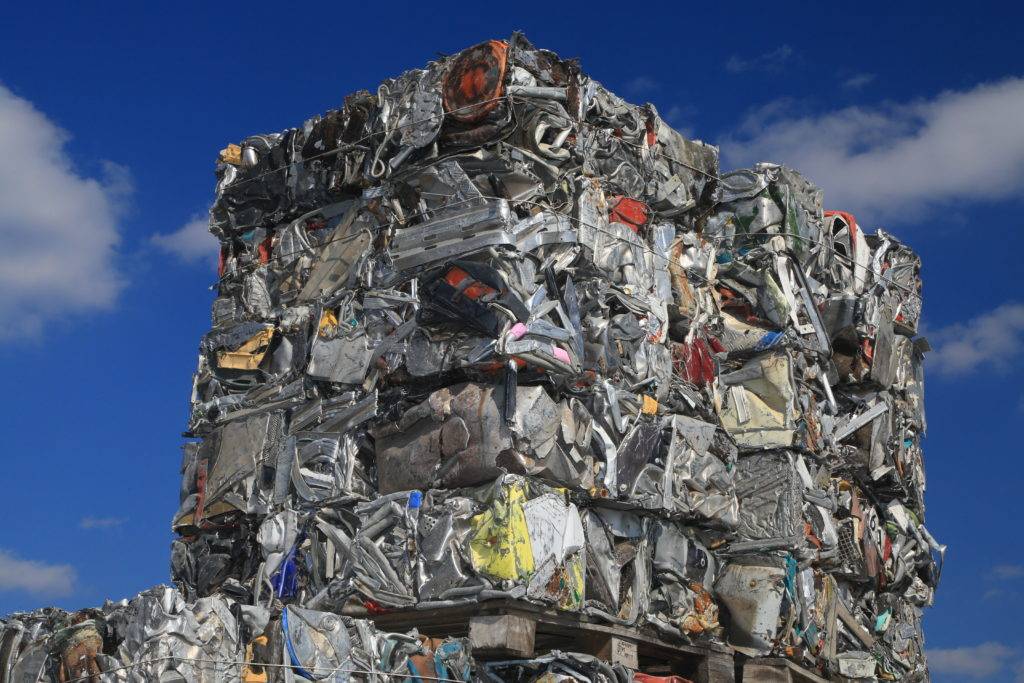
Environmental Impact Of Car Recycling
One of the primary benefits of car recycling lies in its positive impact on the environment. Recycling reduces the demand for new raw materials, conserving natural resources and energy that would otherwise be required for manufacturing.
It also helps lower greenhouse gas emissions by decreasing the need for energy-intensive extraction and production processes associated with creating new materials.
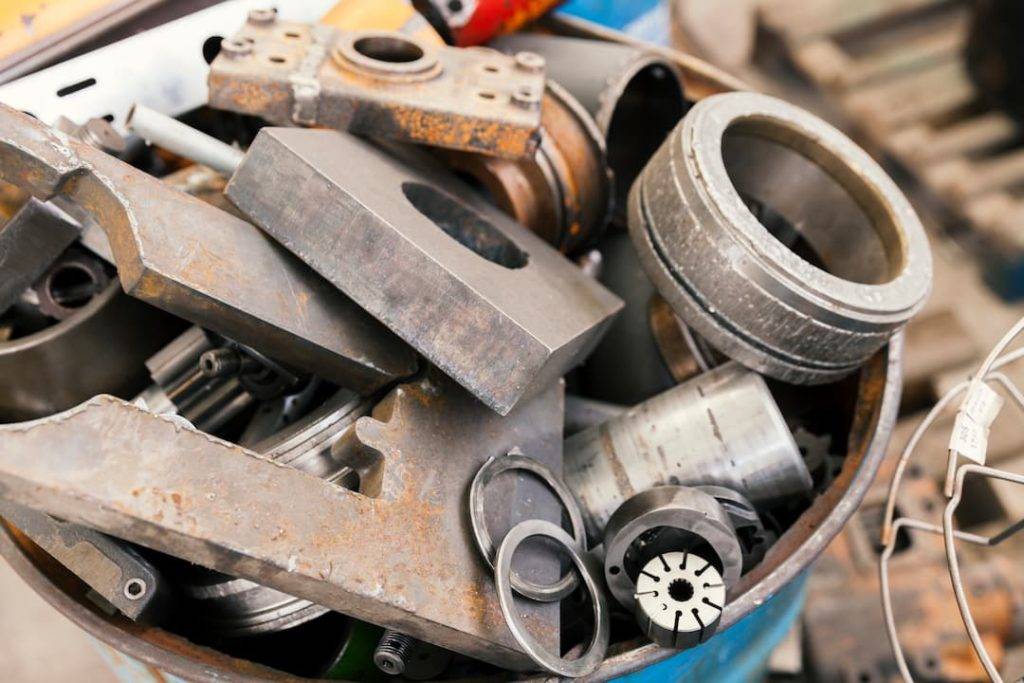
The Recycling Process: From Dismantling To Reuse
The car recycling process typically involves several key steps.
Step 1: Dismantling
Trained technicians carefully dismantle the vehicle, removing reusable components such as engines, transmissions, and electronics.
Step 2: Fluid Removal
Hazardous fluids, including oil, coolant, and brake fluid are drained and properly disposed of to prevent environmental contamination.
Step 3: Sorting Components
Materials like glass, plastics, and metals are sorted for recycling. Valuable metals such as steel and aluminium are recovered for reuse.
Step 4: Shredding
The remaining shell of the vehicle is shredded into smaller pieces. This process further separates materials and prepares them for recycling.
Step 5: Material Recycling
The shredded materials undergo additional processing to separate and recycle individual components, such as ferrous and non-ferrous metals.
Step 6: Reuse Of Salvaged Parts
Salvageable components are often refurbished and made available for resale, extending the lifespan of functional parts.
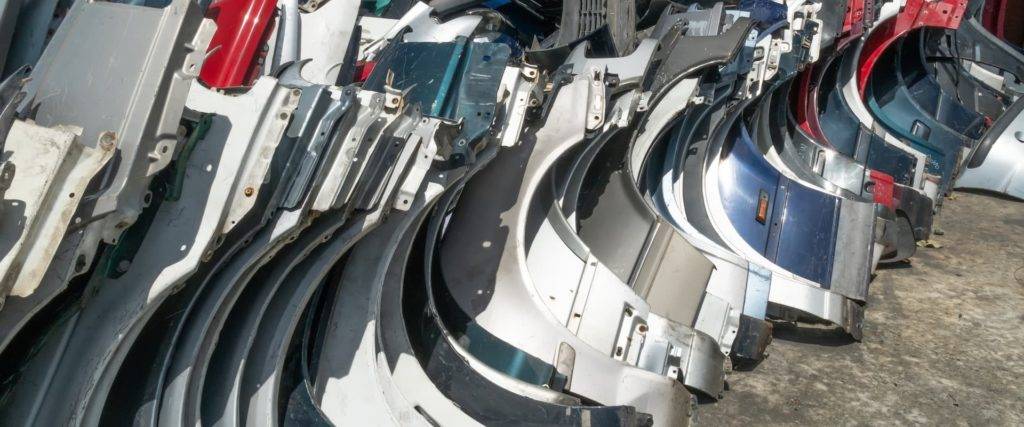
Contact Us
Are you ready to contribute to a sustainable automotive industry? Explore the world of car recycling with us. Choose responsible recycling practices and be a part of the solution.
Contact us for eco-friendly car scrapping and recycling services.
